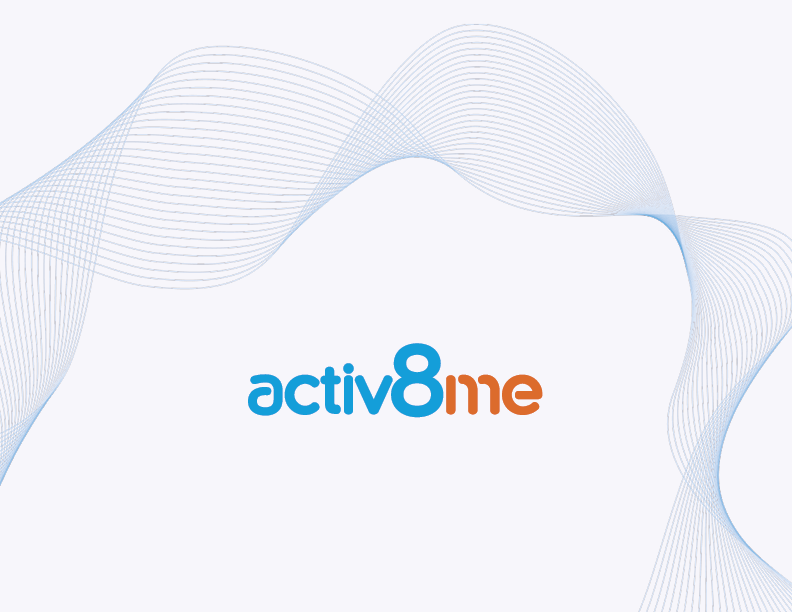Simple tips on protecting your privacy and identity online
June 15, 2016 9:50 pm
Due to its sophisticated economy, high disposable incomes, and high concentration of connected devices, Australia is now the number one target for ransomware attacks by cybercriminals in the Southern Hemisphere as reported in pcauthority.
Data breaches even among top Australian banks are becoming commonplace while malwares, viruses, and phishing scams continue to proliferate and become more sophisticated.
Being vigilant in protecting your personal information has never been more important. Here are simple tips on maintaining your privacy online to avoid or reduce your risk of identity theft:
Delete Suspicious Emails
Since malicious software applications are getting more sophisticated, try not to open emails that look suspicious or unusual. Unsolicited emails called “spam” often include annoying advertising of products and will try to check if your email address is valid so they can send more ads. “Phishing” (password fishing) is a scam that attempts to trick you to enter your password. One of the techniques that criminals use is sending a fake email, but looks like legit, such as a bank, credit card, online service, and others asking you to verify your user name and password. This is how criminals usually steal user names and passwords. Furthermore, some computer viruses often hide in emails or in their attachments. When in doubt, either delete these emails directly or obtain further details from the sender. CERN Computer Security says the safest way to read an attachment is to first copy it to a disk and then open it using the appropriate program (Word, Excel). Don’t click them unless you are absolutely sure of the source. Instead of clicking on a link, go directly to the website of the service provider or make a call.
Update Online Security
To increase the fighting chance of your computer’s operating system against malicious codes and computer viruses, always update your browser security software or turn on the automatic antivirus updates. Always be vigilant against any attempt to solicit your personal information, or any offers that demand you to act immediately, which sound too good to be true.
Change Privacy Settings
Make sure you update your privacy settings, especially on social media and search engines, such as Facebook, Google, Bing, and Yahoo! Changing the settings can help guard your personal information to be seen only by your close friends. Choose to share information only with the people you know because “oversharing” of social media information can lead to numerous risks, such as burglary by cyber syndicates who take advantage when a user goes on a vacation. In addition, by limiting your social sharing, deleting tags on photos, and editing your Timeline, you can help remove potentially embarrassing photos and contents from being viewed by people who don’t know you well, such as coworkers, acquaintances, relatives, or potential employers.
Block Cookies
Blocking third party cookies on your browser is another good way to maintain some anonymity while online. Blocking the cookies can make it harder to track the last time you visited a website, what your username is, and whether or not you should be signed in automatically. While blocking cookies can be less convenient in some cases, the increase in privacy is worth the tradeoff.
Unlink Accounts
Many websites now are giving the option to link accounts. Google, for example, allows you to link all your different Gmail accounts in a browser. Many sites are now giving you the option to use your Google login to access their site. While convenient, linking accounts can create more risk. If one of your accounts is compromised, all the linked accounts will also automatically be at risk. Unlinking your different accounts is a good way to help protect your personal login information.
Secure Connections and Firewalls
Always use a secured wireless connection and avoid using public Wi-Fi networks. If you don’t have a strong password on your home Wi-Fi network, you should create one. Protecting your computer from unwanted network traffic is important, so use a firewall. The good news is that modern operating systems generally contain built in firewalls. Make sure they are turned on and set the security settings on high.
Use Stronger Passwords
Use strong passwords with eight characters or more using a mixed type of characters and numbers. One way of creating a more secure password that can be easily recalled is to use “passphrases” or short words with spaces or special characters that separate them. Use random words instead of common phrases. For instance, “cakes18bday” or “global_web_force?”. Avoid using similar username/password combination for multiple websites. It is very risky to use the same password for entertainment websites that you also use as log ins for your email, social media, or financial service websites. If you have trouble remembering different strong passwords, you can use a password manager application like SplashID that helps organise and protect your passwords. For companies or groups, you can use TeamsID as a business password manager solution to make sure every member of your team has access to the passwords they need.
Clear Cookies
You need to delete cookies regularly (in Chrome, for example, go to the Chrome menu and then click Clear Browsing Data.) You should also log out of social media websites like Facebook, and even your Google account when not using them (and don’t keep them open in tabs on your browser). If you want to take the next step in getting better privacy, try using a browser such as Tor that routes your IP through a Virtual Private Network (VPN). A virtual private network routes all of your data through a proxy server so your IP address and in many cases your user data is protected.
Stay tuned to learn more useful tips on how to get the best possible connection at home. To get the best Internet plans for your home, you can visit our Plan Guru or call 13 22 88 to speak to our 100% Australian advice specialists.

